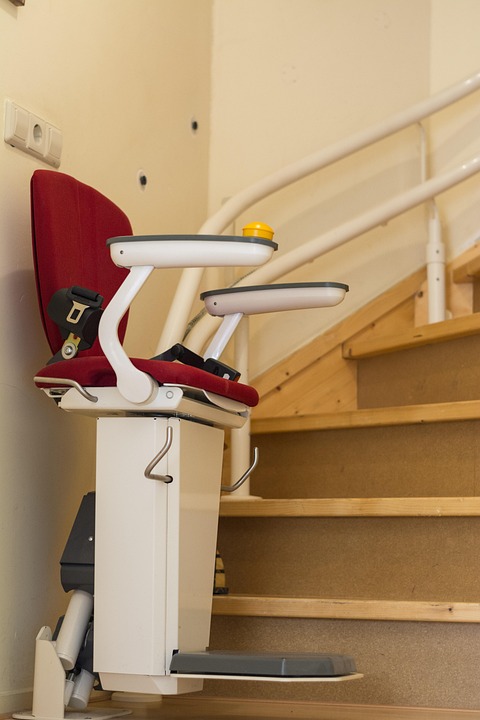Creating a weekly exercise routine is essential for anyone looking to improve their fitness and overall health. Whether you’re a beginner or someone getting back into fitness after a break, knowing how to structure your workouts can make all the difference. In this guide, we will walk you through the fundamental steps to design an effective weekly exercise routine that can lead to lasting fitness results.
Why a Weekly Exercise Routine is Important
Establishing a consistent workout schedule can:
- Create accountability: Having designated workout times makes it easier to stay committed.
- Enhance motivation: Seeing progress week by week can boost your enthusiasm.
- Promote a balanced approach: A well-structured routine can incorporate different types of exercises, providing comprehensive fitness benefits.
Assessing Your Current Fitness Level
Before diving into your routine, it’s crucial to assess your current fitness level. Here’s how you can get started:
Self-Evaluation
- Physical Activity: Reflect on how active you are currently. Note any workouts you engage in weekly.
- Physical Limitations: Acknowledge any injuries or limitations that need to be considered.
- Fitness Goals: Define what you want to achieve. Is it weight loss, strength-building, stamina, or overall health?
Fitness Assessment
If possible, consider undergoing a more formal assessment, which could include:
- Strength and flexibility tests
- Cardio endurance checks, like a 1-mile run or cycling test
Designing Your Weekly Exercise Routine
Once you have a clear understanding of your fitness level and goals, it’s time to design your weekly routine. Below is a simple structure to follow, with a focus on balance and variety.
Basic Structure
A balanced weekly exercise routine should include the following components:
- Cardio: 150 minutes of moderate aerobic activity
- Strength Training: 2–3 days per week
- Flexibility and Mobility: Daily or as needed
Sample Weekly Routine
| Day | Activity Type | Example Activities |
|---|---|---|
| Monday | Cardio | 30-minute jog or brisk walk |
| Tuesday | Strength Training | Upper body workout |
| Wednesday | Active Recovery | Yoga or stretching |
| Thursday | Cardio | Cycling or swimming |
| Friday | Strength Training | Lower body workout |
| Saturday | Flexibility/Mobility | Stretching or Pilates |
| Sunday | Rest | Light walking |
Cardio Workouts
Cardiovascular exercise is vital for heart health and burning calories. Here are some engaging options:
- Running/Jogging: Great for endurance.
- Cycling: A low-impact alternative that also builds leg strength.
- Swimming: Full-body workout; excellent for those with joint issues.
- Group Classes: Spinning or Zumba can also boost motivation.
Strength Training
Incorporating strength training can help build muscle mass and improve metabolism. Consider these tips:
- Focus Areas: Plan to target different muscle groups. For example:
- Upper Body: Chest, back, arms
- Lower Body: Quads, hamstrings, glutes
- Types of Exercises:
- Free weights: Dumbbells and barbells
- Bodyweight: Push-ups, squats, lunges
- Resistance bands: Versatile and portable
Flexibility and Mobility Workouts
Don’t overlook flexibility and mobility! These workouts can help prevent injuries and improve your performance. Include:
- Static Stretching: To improve flexibility after workouts.
- Dynamic Stretching: To prepare your body before workouts.
- Yoga or Pilates: Excellent for overall body conditioning and mindfulness.
Tips for Staying on Track
Creating a routine is one thing; sticking to it is another! Here are some practical tips to ensure you stay committed:
- Set Realistic Goals: Break larger goals into smaller, achievable milestones.
- Track Your Progress: Keep a journal or use fitness apps to log workouts.
- Find a Workout Buddy: Exercising with a friend can enhance accountability.
- Mix it Up: Keep workouts fresh by trying new activities or classes.
- Listen to Your Body: Rest when needed and don’t push through pain.
Staying Flexible with Your Routine
Life can be unpredictable, and flexibility is key. If you miss a workout, don’t be too hard on yourself. Adjust your schedule and get back to it without guilt.
Conclusion
Crafting your weekly exercise routine is an important step toward achieving lasting fitness. By assessing your fitness level, creating a balanced workout schedule, and incorporating different types of exercises, you can lead a healthier lifestyle.
Remember, the journey is unique to each person. Be patient with yourself, set realistic goals, and remain flexible. With time, you’ll find that your dedication to a balanced exercise routine will yield rewarding results.
So get started today! Grab a pen, outline your routine, and embark on your fitness journey. Consistency is key—your future self will thank you!







 Weight Loss, Unlocked.
Weight Loss, Unlocked.